It’s amazing how much high-end Android phones cost these days, but you can be surprised at how much premium you get by spending just $200 or even less on a smartphone. However, this definitely requires smart buying, more so because of the many options available in this price range coupled with their dotted availability in various markets across the globe.
Speaking of availability, the U.S. market is kind of starved in this price range, but with the likes of Amazon, you can still grab one of these $200 phones outright and you won’t feel hard done. The big question is which one should you buy?
Related:
Here’re some great options for you to pick from, including links to where you can buy them.
| Device | USA | UK | India |
| Samsung Galaxy M20 | To be confirmed | To be confirmed | INR 10,990 |
| Samsung Galaxy M10 | To be confirmed | To be confirmed | INR 7,990 |
| Honor 10 Lite | $200 | £200 | INR 13,999 |
| Xiaomi Mi A2 | $210 | £199 | INR 13,999 |
| Honor 8X | $246 | £230 | INR 14,999 |
| ZenFone Max Pro M2 | Price to be confirmed | Price to be confirmed | INR 12,999 |
| ZenFone Max M2 | $235 | Price to be confirmed | INR 9,999 |
| Honor 8C | Price to be confirmed | Price to be confirmed | INR 14,199 |
| Nokia 6.1 | $230 | £170 | INR 11,580 |
| Samsung Galaxy J6 | $153 | £160 | INR 10,490 |
| Moto One Power | $250 (Moto One) | £200 | INR 14,999 |
| Moto G6 | $200 | £170 | INR 12,999 |
| Redmi Note 6 Pro | $225 | £219 | INR 13,999 |
| Redmi Note 7 | To be confirmed | To be confirmed | To be confirmed |
Depending on how good of a smartphone shopper you are, any of these options can set you back anywhere between $170 and $230, but most of them are in the $200 region.
Samsung Galaxy M20
After losing ground in the budget segment to the likes of Xiaomi and Honor in major markets like India and China, Samsung went back to the drawing board and came back with the Galaxy M20, one of the many we expect to see in the Galaxy M series. The phone rocks what is popularly known as a waterdrop-style notch, although Samsung has a fancy name for it – Infinity U display.
Stylish finish? Check. Big and vibrant screen? Check. Powerful specs? Check. Big battery? Check. Face unlock mechanism? Check. Fast battery charging? Check. What about photography? Even better. All these and more for about $155 (based on Indian pricing) isn’t something you’d expect from Samsung, but you better believe it.
Specs
- 6.3-inch 19.5:9 FHD+ (1080 x 2340) LCD display
- Exynos 7904 processor
- 3GB or 4GB RAM
- 32GB or 64GB expandable storage
- Dual 13MP + 5MP (ultra-wide) main camera
- 8MP front camera
- 5000mAh battery
- Android 8.1 Oreo
- Extras: Bluetooth 5.0, USB-C, 3.5mm audio jack, rear-mounted FPS, Face unlock, 15W fast charging, Dual LTE, Dual VoLTE, etc.
The Galaxy M20 is likely to be the only one (alongside the Galaxy M10) to have a wide-angle lens on the back camera in this price range, with most electing to go with a depth-sensing lens. What remains to be seen is the availability of the M20 in markets outside India, especially the U.S. We will update this post with availability info when it pops up.
Samsung Galaxy M10
An understudy to the M20, the Galaxy M10 has the same design language as its more premium cousin, but it has a cheaper build, weaker specs, a smaller battery with no fast charging, misses out on the fingerprint scanner, but costs slightly cheaper. From the front, you might not be able to tell these two apart, but differences start creeping in when you flip them, although the same camera sensors are used in the dual-lens setup on the back of the M10.
There are even more differences on the inside, as shown by the specs sheet below.
Specs
- 6.2-inch 19.5:9 HD+ (720 x 1520) LCD display
- Exynos 7870 processor
- 2GB or 3GB RAM
- 16GB or 32GB expandable storage
- Dual 13MP + 5MP (ultra-wide) back camera
- 5MP front camera
- 3400mAh battery
- Android 8.1 Oreo with Samsung Experience 9.5
- Extras: Bluetooth 4.2, microUSB, 3.5mm audio jack, GPS, etc.
As you can see, paying about $110 for the Galaxy M10 means you sacrifice quite a number of great features, but you still end up with a great phone from a big brand at an affordable price. If you are wondering about the fact that you get Oreo pre-installed, Samsung says an update to Pie will be ready somewhere in August 2019.
Honor 10 Lite

The Honor 9 Lite holds a special place in our smartphone chest and guess what, a successor is here, the Honor 10 Lite. Picking up from where its predecessor left, you get a premium-looking device that boasts more raw power, a bigger display, better cameras, a new OS, and even better, it gets the company’s GPU Turbo 2.0 gaming technology out of the box. Actually, you are getting mostly the same phone as the Honor 8X when it comes to internal specs.
Specs
- 6.21-inch 19.5:9 FHD+ LCD display
- Kirin 710 processor
- 4GB or 6GB RAM
- 64GB or 128GB expandable storage, up to 512GB
- Dual 13MP + 2MP main camera
- 24MP front camera
- 3400mAh battery
- Android 9 Pie with EMUI 9.0
- Extras: Bluetooth 4.2, microUSB, Rear-mounted FPS, 5V/2A charging technology, 3.5mm audio jack, VoLTE, etc.
At about $200 (when converted from Chinese pricing) for the base model, Honor is once again taking the game at the doorstep of Xiaomi, the maker of some of the best sub-$200 smartphones on the market. The Honor 10 Lite is expected to go global in December 2018 and is available in Midnight Black, Lily White, Gradient Blue, and Gradient Red, although we cannot guarantee all color options will be sold in all markets.
Xiaomi Mi A2
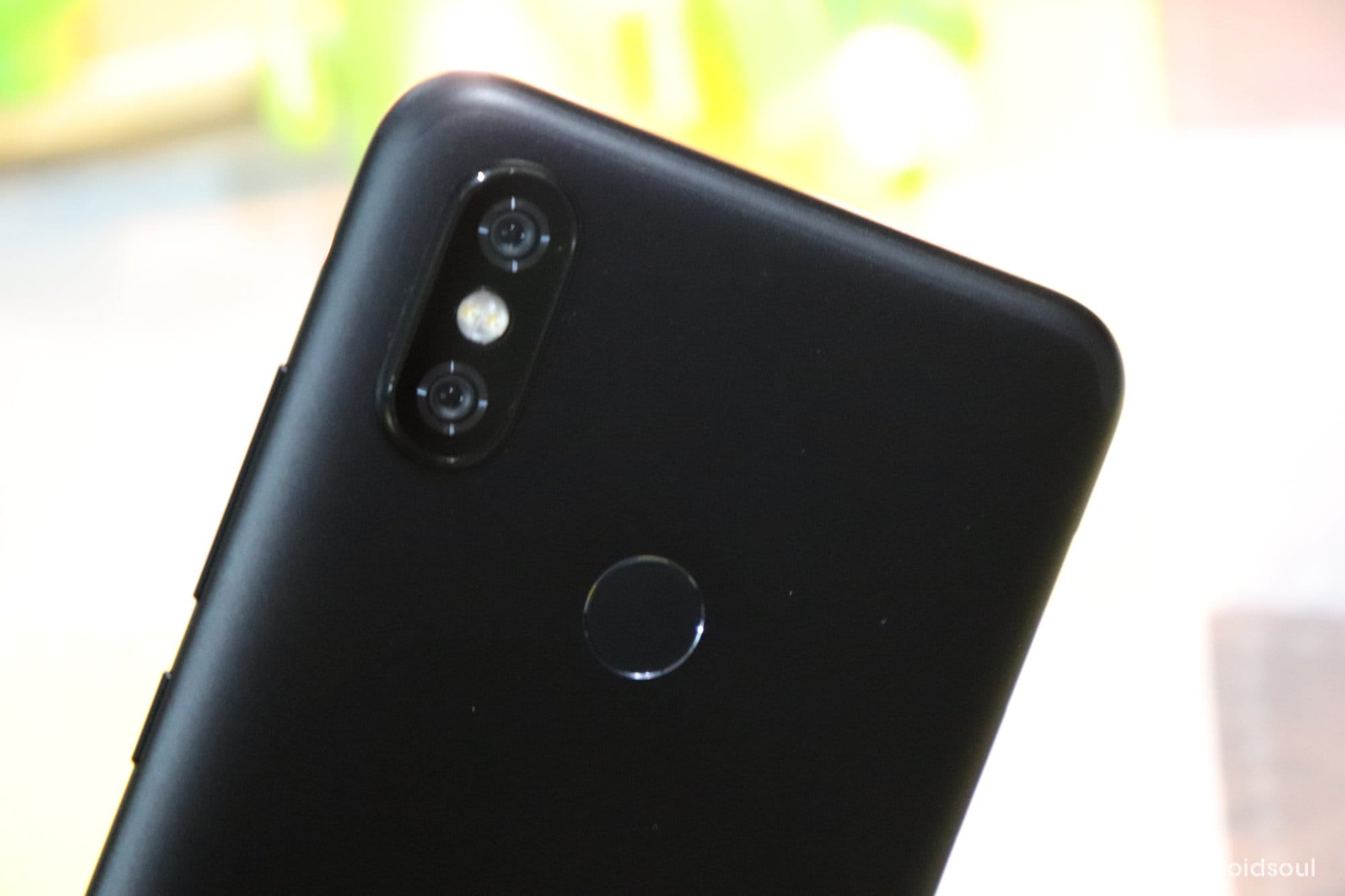
Xiaomi Mi A1 was, to say the least, a success. The Xiaomi Mi A2, as you’d expect, is the successor to a highly impressive phone and indeed, it is equally impressive, especially from a specs versus value point of view compared to the competition.
Specs
- 5.99-inch 18:9 FHD+ LCD display
- Qualcomm Snapdragon 660 chipset
- 4GB or 6GB RAM
- 32GB or 64GB or 128GB non-expandable storage
- Dual 12MP + 20MP main camera
- 20MP front camera
- 3010mAh battery
- Android 8.1 Oreo, upgradable to Android 9 Pie
The Mi A2 has a sleek design that features a 2.5D curved glass on top of the massive 5.99-inch 18:9 notch-less LCD display screen and has a powerful Snapdragon 660 processor under the hood. The cameras are massive and with regular software updates, they should get even better. At this price point, though, you only get to buy the base model of 4GB RAM and 32GB of storage, but there are other options of 6GB RAM and up to 128GB storage.
The lack of a microSD card isn’t the only downside of the Mi A2, but you also miss out on the 3.5mm audio jack in favor of a USB-C port for charging and audio connectivity. Also, Xiaomi could have done better with the battery capacity.
Related: Xiaomi Mi A2 Android 9 Pie update news
Asus ZenFone Max Pro M2
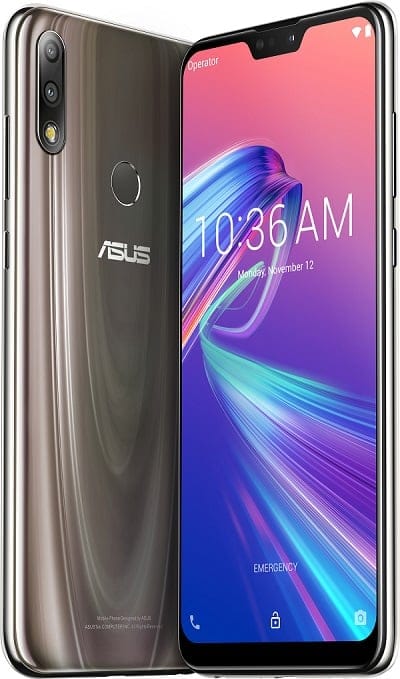
The ZenFone Max Pro M1 was by far one of the best offerings not only in the debuting new ZenFone Max M series but also in the entire budget smartphone market. Similarly, the phone’s successor, the ZenFone Max Pro M2, doesn’t disappoint in any case. It has a good number of impressive specs that include the trending 19:9 display design with a notch, the powerful Snapdragon 660 chipset, a dual camera, and a huge battery unit, but what makes the ZenFone Max Pro M2 stand out in the crowd, like its predecessor, is the inclusion of pure Android 8.1 Oreo out of the box.
Yes, we know how Android Oreo out of the box sounds in December 2018, but Asus says the ZenFone Max Pro M2 will receive an update to Android 9 Pie in January 2019.
Specs
- 6.26-inch 19:9 FHD+ LCD screen
- Qualcomm Snapdragon 660 SoC
- 3GB or 4GB RAM
- 32GB or 64GB expandable storage
- Dual 12MP + 5MP main camera
- 13MP front camera
- 5000mAh battery
- Android 8.1 Oreo
- Extras: Bluetooth 5.0, microUSB port, Rear-mounted scanner, Face unlock, 3.5mm audio jack, 4G VoLTE, etc.
For these specs, the ZenFone Max Pro M2 is without a doubt the best smartphone you can buy at this price point, where the base model goes for just INR 12,999. There is a 6/64GB variant that goes a little far beyond our $200 range, but if you can stretch your hand and grab it, even better.
Xiaomi Redmi Note 7
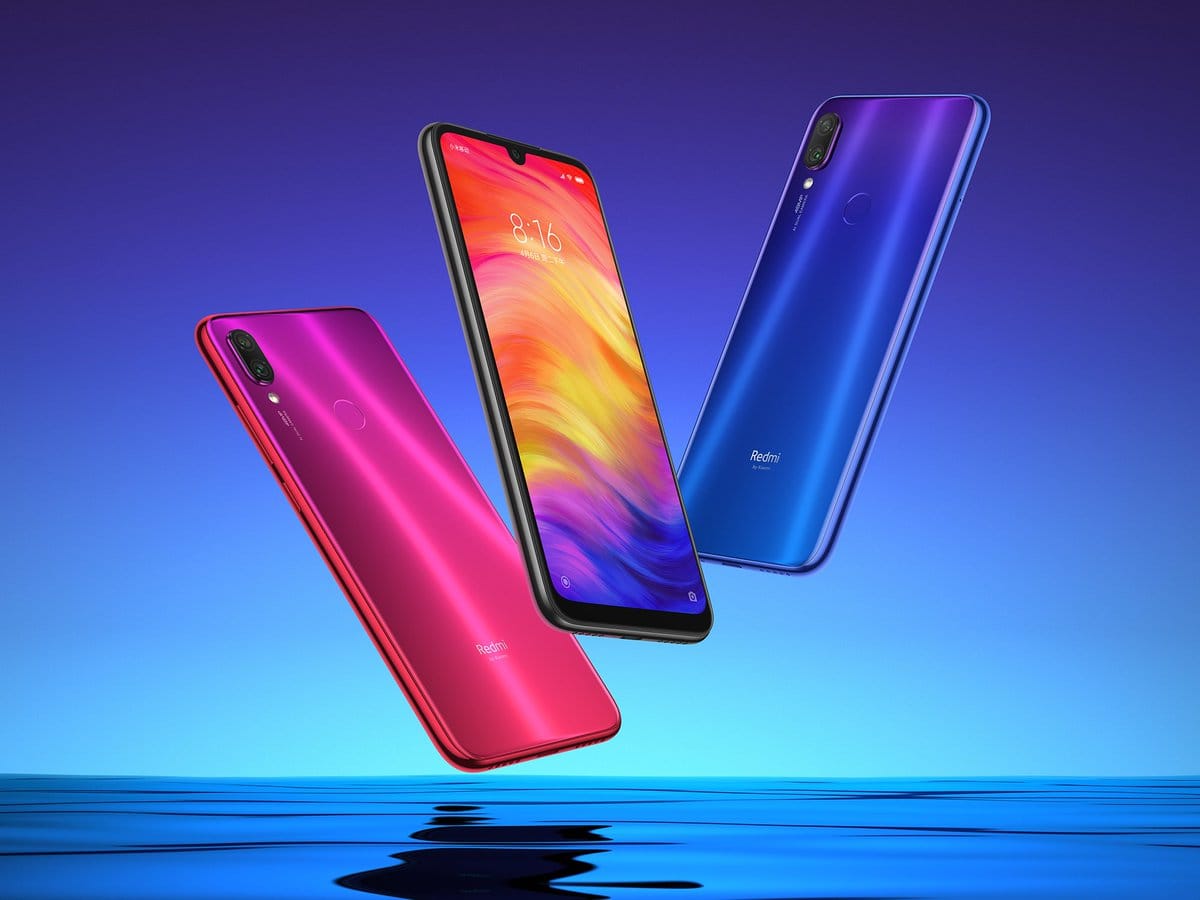
Xiaomis Redmi is now an independent brand and to mark its debut, the budget-centric brand has the Redmi Note 7. Of course, this phone succeeds the Note 6 Pro that has barely been selling in India following its November 2018 launch. Nonetheless, the Note 7 is a departure from what we are used to in the Redmi series, at least when it comes to the design.
Inside the glass body are the usual powerful specs and features that have made the Redmi series such a popular family of phones. There is a Snapdragon 660 chipset mated with 3GB, 4GB, and 6GB of RAM and two storage options of 32GB and 64GB. Regardless of the variant you pick, a microSD card slot that can accommodate up to 256GB is available.
What makes the Redmi Note 7 such a juicy phone is the dual 48MP + 5MP camera on the back, the first of its kind on a Xiaomi phone. The waterdrop notch on the front houses a 13MP lens and keeping the phone alive is a 4000mAh battery. Although it supports Qualcomm’s Quick Charge 4, the brick accompanying the phone out of the box supports 5V/2A charging, meaning you need to buy a separate brick that supports fast charging.
Here are the rest of the Redmi Note 7 specs.
Specs
- 6.3-inch 19.5:9 LCD FHD+ (2340 x 1080) display
- Qualcomm Snapdragon 660 processor
- 3GB or 4GB or 6GB RAM
- 32GB or 64GB expandable storage, up to 256GB
- Dual 48MP + 5MP main camera
- 13MP front camera
- 4000mAh battery
- Android 9.0 Pie with MIUI 10
- Extras: Bluetooth 5.0, USB-C, Quick Charge 4, 3.5mm audio jack, Fingerprint (rear-mounted), IR Blaster, AI face unlock, etc.
Huawei Honor 8X

Huawei Honor 7X was one of the best sub-$200 smartphones from last year and in the Honor 8X, you have a worthy successor. Bigger screen, more powerful processor, more RAM, bigger battery, twice the storage on its predecessor and an even more promising camera, both on the front and back.
Specs
- 6.5-inch 19.5:9 FHD+ LCD screen
- Kirin 710 chipset
- 4GB or 6GB RAM
- 64GB or 128GB expandable storage
- Dual 20MP + 2MP main camera
- 16MP front camera
- 3750mAh battery
- Android 8.1 Oreo, upgradable to Android 9 Pie
- Extras: Bluetooth 4.2, microUSB, rear-mounted FPS, NFC, 5V/2A 10W charging, 3.5mm audio jack, etc.
Unlike Xiaomi Mi A2, you get a notched display screen alongside a skinned version of Android based on EMUI 8.2, but an update to EMUI 9 based on Android 9 Pie is expected somewhere in Q1 or maybe Q2 2019. Also, the Honor 8X has expandable storage, a rear-mounted fingerprint scanner, a 3.5mm audio jack, but unfortunately, you still get to deal with the aged microUSB port.
Related: Honor 8X Android Pie update news
Huawei Honor 8C
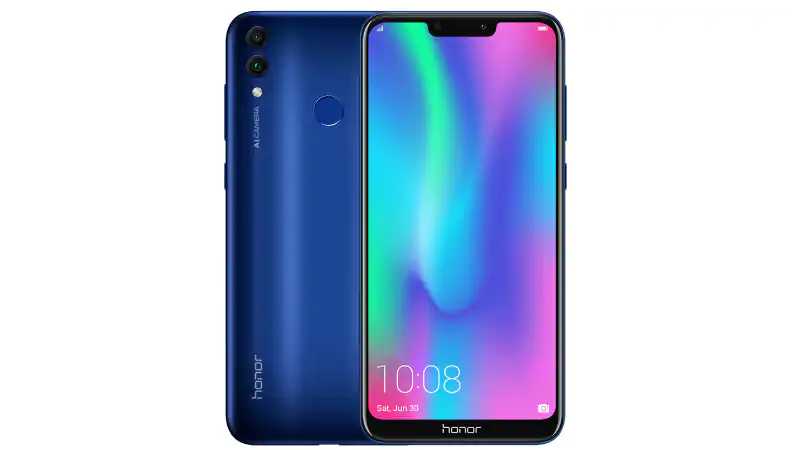
Another budget Huawei phone is the Honor 8C. Like others from the company’s recent collection, the 8C has a big display screen featuring a notch and 19:9 aspect ratio, something that has become a mainstay despite the many rants. For a phone in this price range, the Honor 8C is big in both size, specs and features, boasting a massive 6.26-inch 1080p display screen, a powerful Snapdragon 632 processor, and a decent 4000mAh battery unit.
Specs
- 6.26-inch 19:9 HD+ LCD display
- Qualcomm Snapdragon 632 processor
- 4GB RAM
- 32GB or 64GB expandable storage, up to 256GB
- Dual 13MP + 2MP main camera
- 8MP front camera
- 4000mAh battery
- Android 8.1 Oreo with EMUI 8.2
- Extras: Bluetooth 4.2, microUSB, 3.5mm audio jack, rear-mounted FPS, 5V/2A 10W charging, etc.
The Honor 8C, like many others before it, won’t be available in all global markets, but those in India can grab one as from November 29 via Amazon India.
Asus ZenFone Max M2
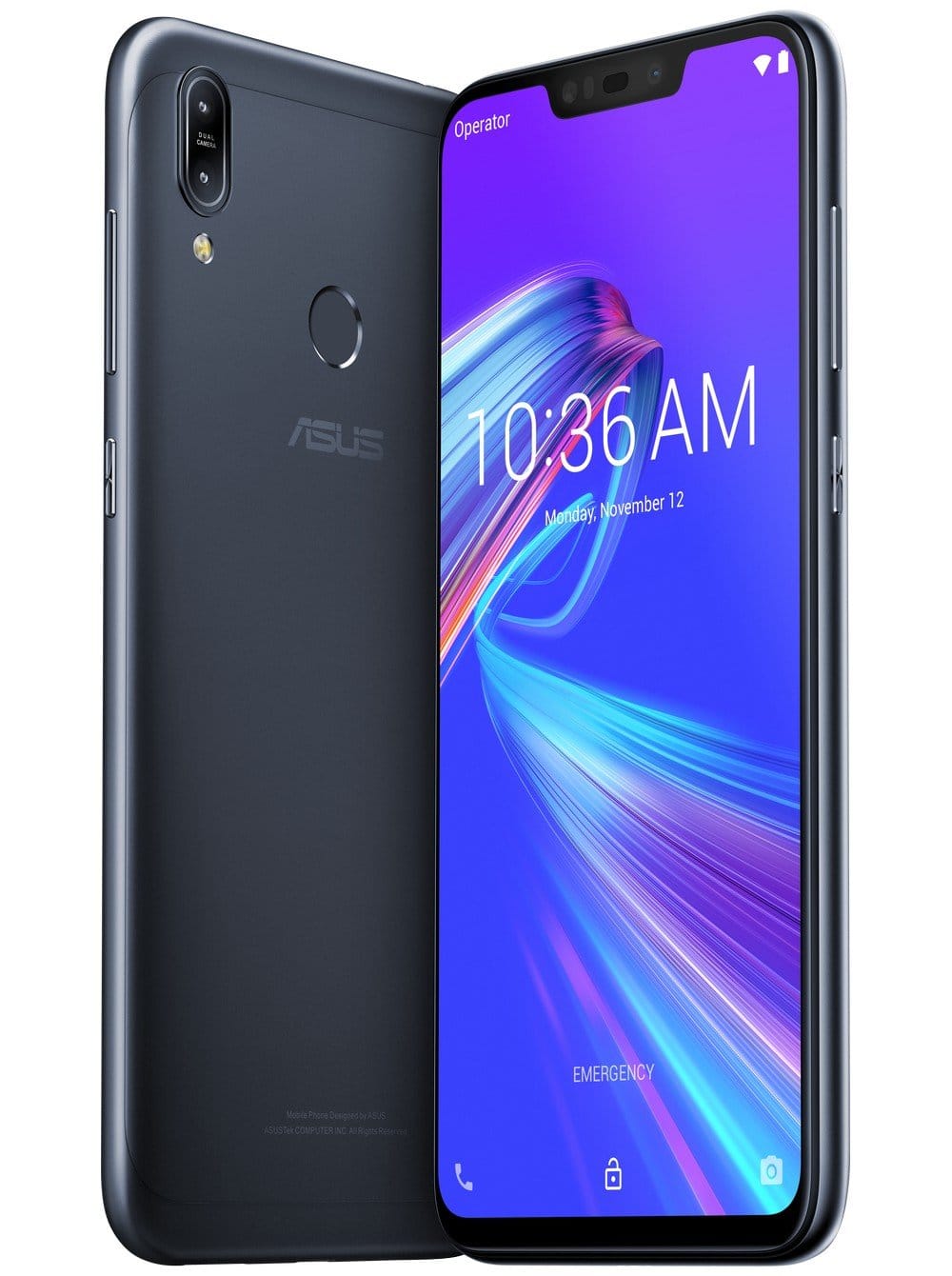
Asus launched the ZenFone Max M1 at the MWC 2018 and as tradition dictates, a successor is here, the ZenFone Max M2.
Like other 2019 phones, the ZenFone Max M2 brings the notched display to the budget segment alongside other cool features such as dual-lens camera, fingerprint scanning as well as stock Android 8.1 Oreo out of the box. Although some may be disappointed that the Max M2 has Oreo out of the box, Asus has promised an update to Android 9 Pie in January 2019.
Specs
- 6.26-inch 19:9 HD+ LCD screen
- Qualcomm Snapdragon 632 SoC
- 3GB or 4GB RAM
- 32GB or 64GB expandable storage
- Dual 13MP + 2MP main camera
- 8MP front camera
- 4000mAh battery
- Android 8.1 Oreo, Pie update coming in Jan 2019
- Extras: Bluetooth 4.2, microUSB, 3.5mm audio jack, rear-mounted scanner, etc.
At the moment, availability of the ZenFone Max M2 in most markets remains a mystery, but if you live in India, the phone starts selling on December 20 priced at INR 9,999 for the base model and INR 11,999 for the high-end variant. Most markets in Europe should be able to buy the Max M2 beginning in January 2019.
Nokia 6.1
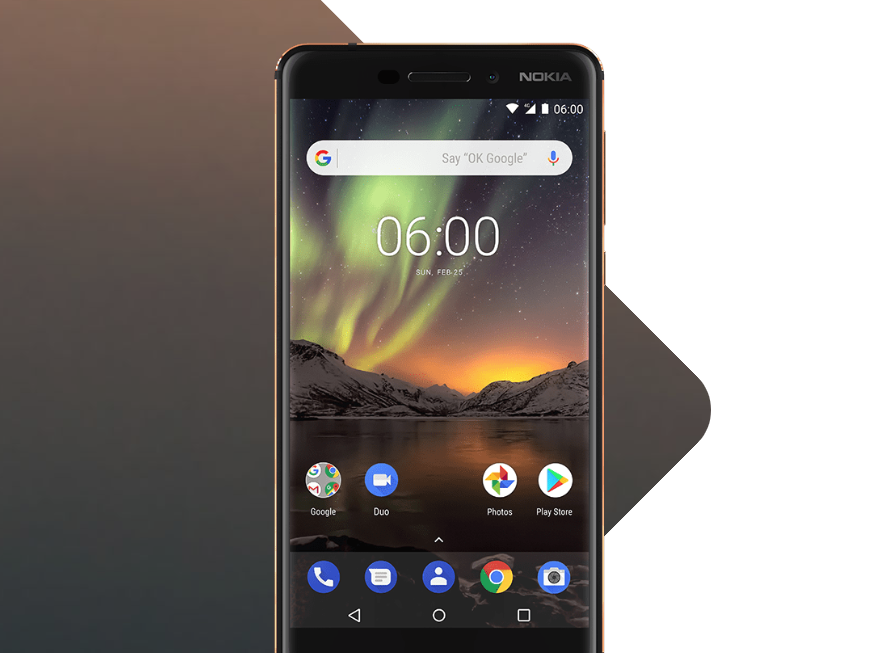
The Nokia 6 was a great debut phone let down by a mediocre processor. This is the first wrong the Nokia 6.1 was quick to right alongside adding a few design tweaks that resulted in a more compact phone housing the same display size. The Nokia 6 2018, as some prefer to call it, also comes with upgrades like a USB-C port, Bluetooth 5.0, and keeps the much-loved 3.5mm audio jack.
Specs
- 5.5-inch 16:9 FHD+ LCD display
- Qualcomm Snapdragon 630 processor
- 3GB or 4GB RAM
- 32GB or 64GB expandable storage
- 16MP main camera
- 8MP front camera
- 3000mAh
- Android 8.1 Oreo, upgradable to Android 9 Pie
Besides the promise of timely software updates and a promise of at least two major OS upgrades, the Nokia 6.1 also adds perks such as 18W fast battery charging technology, NFC, rear-mounted fingerprint scanner, and Zeiss optics for better photos, among others. Also, for those who are still amazed at the hype around 18:9 aspect ratios, the Nokia 6.1 is your buddy.
Related: Nokia 6.1 Android 9 Pie update news
Samsung Galaxy J6
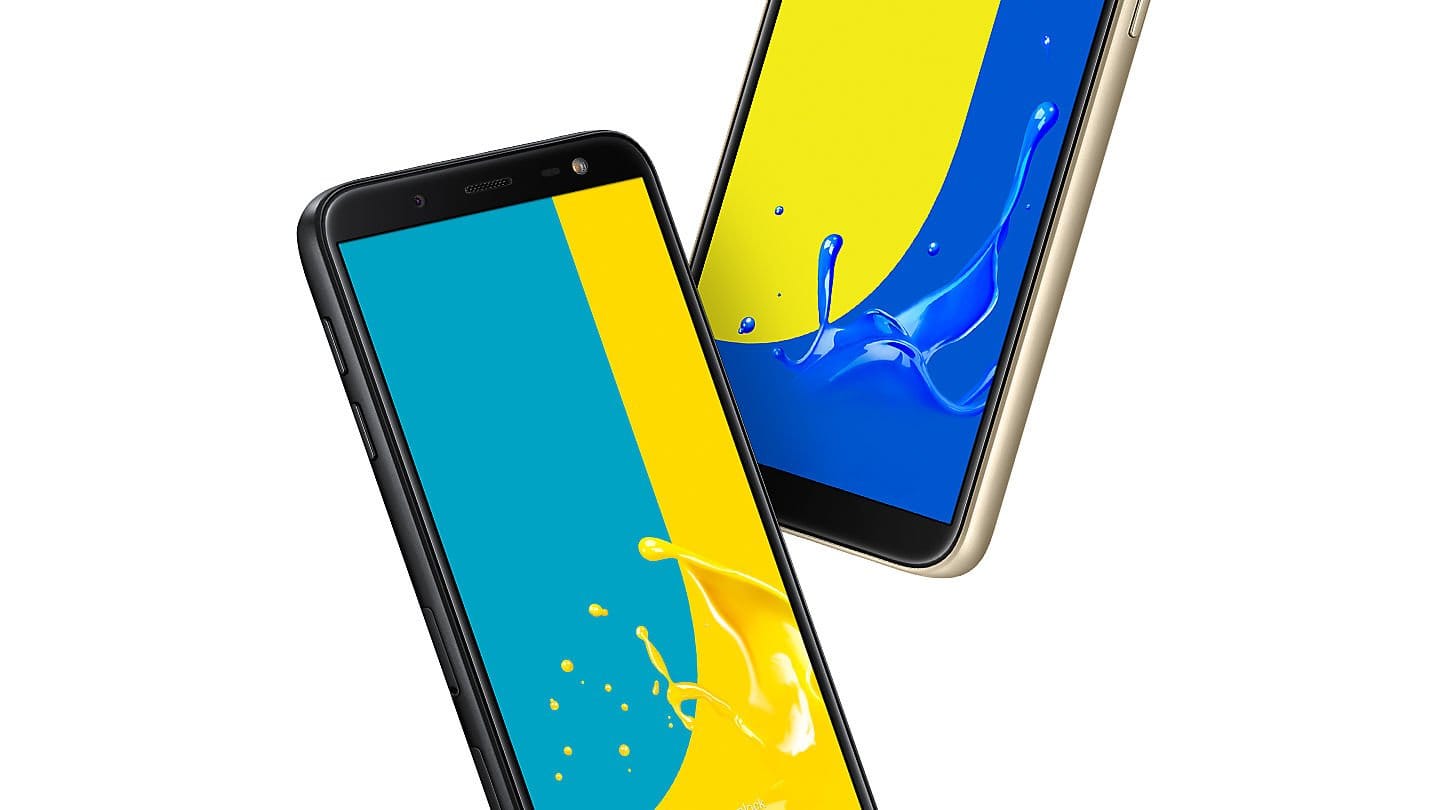
Truth be told, Samsung has a bunch of overpriced phones in the budget segment, but the Galaxy J6 is one good phone if you can find it at the right price of under $200. In this price range, you’ll struggle to find a better screen than the Super AMOLED panel on the Galaxy J6. Samsung is also sticking with its flagship Infinity Display technology that boasts an 18.5:9 aspect ratio, but at just 720p resolution, it is perhaps the lowest on this list.
Also, the plastic design of the Galaxy J6 makes it feel less premium compared to anything else on this list, but if you value the iconic brand that is Samsung, none of these should be a concern for you, especially since the phone packs some good specs under the hood, too.
Specs
- 6-inch HD+ Super AMOLED display
- Exynos 7870 processor
- 3GB or 4GB RAM
- 32GB or 64GB expandable storage
- 13MP main camera
- 8MP front camera
- 3000mAh battery
- Android 8.0 Oreo, upgradable to Android 9 Pie
Samsung is also throwing in perks like a front and back LED flash, microSD card (up to 256GB), rear-mounted fingerprint scanner, facial recognition, and so on. Yes, the J6 will get an update to Android 9 Pie, but it’ll definitely take ages to arrive.
Related: Samsung Galaxy J6 Android 9 Pie update news
Motorola Moto One Power
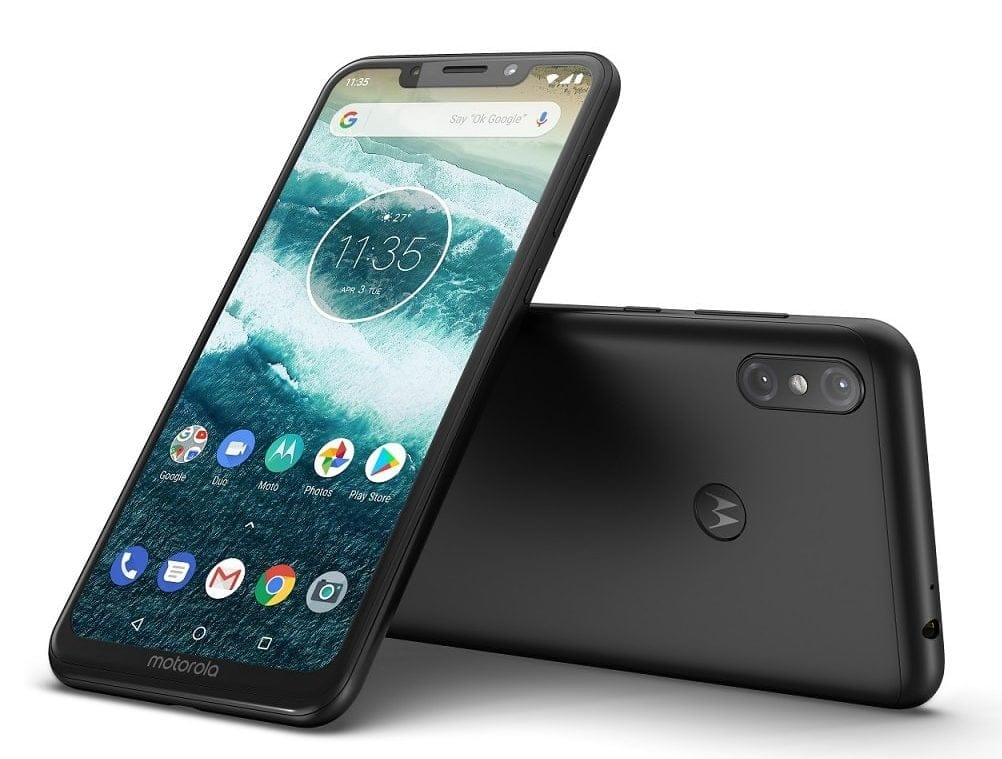
Motorola’s latest addition to its Android One portfolio, the Moto One Power, is a no-brainer for anyone looking for a decent phone with powerful enough specs and features, has the promise of timely software updates and best of all, rocks a big battery that promises a long life even with heavy usage.
Specs
- 6.2-inch 19:9 FHD+ LCD display
- Qualcomm Snapdragon 636 processor
- 4GB RAM
- 64GB expandable storage
- Dual 16MP + 5MP main camera
- 12MP front camera
- 5000mAh battery
- Android 8.1 Oreo, upgradable to Android 9 Pie
One little problem, though, is that the Moto One Power isn’t available in all markets. In some regions like the UK, only the standard Moto One that has a smaller display screen and battery, as well as a weaker camera, is available. Lucky for folks in India!
Related: Motorola Android 9 Pie update news
Motorola Moto G6

In countries like the U.S. where it can sometimes be hard to come by most budget phones, Motorola has made its name as the go-to vendor when it comes to the sub-$200 category. The latest from the Lenovo-owned company is the Moto G6. The device compares poorly with others on this list in terms of raw power, however, Motorola’s clean software and necessary tweaks make the Moto G6 an irresistible proposition.
Specs
- 5.7-inch 18:9 FHD+ LCD display
- Qualcomm Snapdragon 450 processor
- 3GB or 4GB RAM
- 32GB or 64GB expandable storage
- Dual 12MP + 5MP main camera
- 8MP front camera
- 3000mAh battery
- Android 8.0 Oreo, upgradable to Android 9 Pie
For long-term fans of the Moto G series, the Moto G6 presents a huge design change that is definitely welcome. We are talking things like a huge 18:9 display screen with slimmer bezels, a dual-lens camera, and a USB-C port, among others. The G6 also keeps the traditional 3.5mm audio jack, has NFC support (in Europe), a front-mounted fingerprint scanner, face unlock, and 15W fast charging technology, but unlike the Moto G6 Plus, you still get the older Bluetooth 4.2.
Related: Motorola Moto G6 Android 9 Pie update news
Other devices that are worth looking at in this price range are led by the Android One-based Xiaomi Mi A2 Lite, last year’s Honor 9 Lite, the Xiaomi Redmi 6 Pro, Huawei Honor 9N, and Nokia 5.1 Plus.

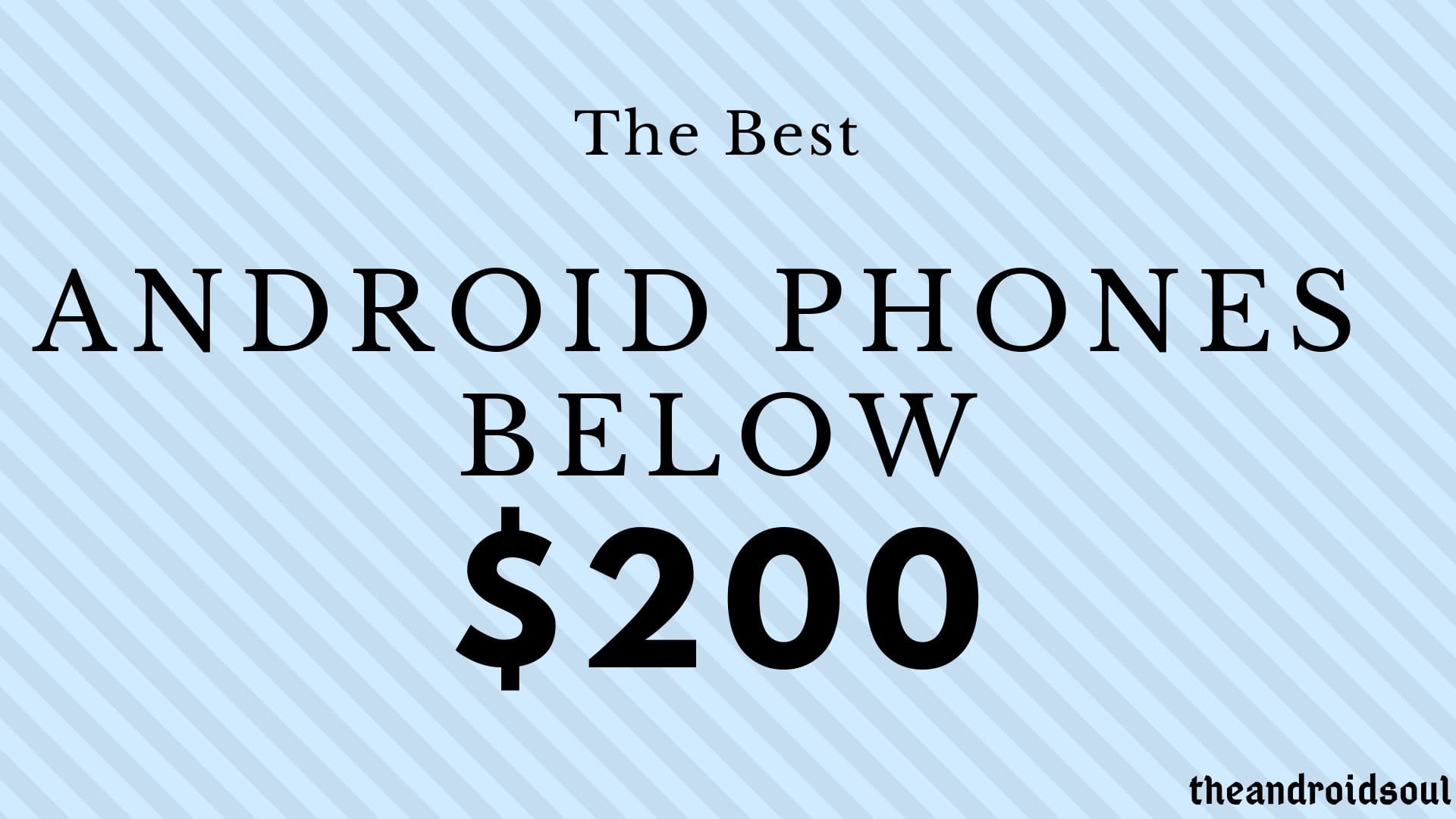











Discussion